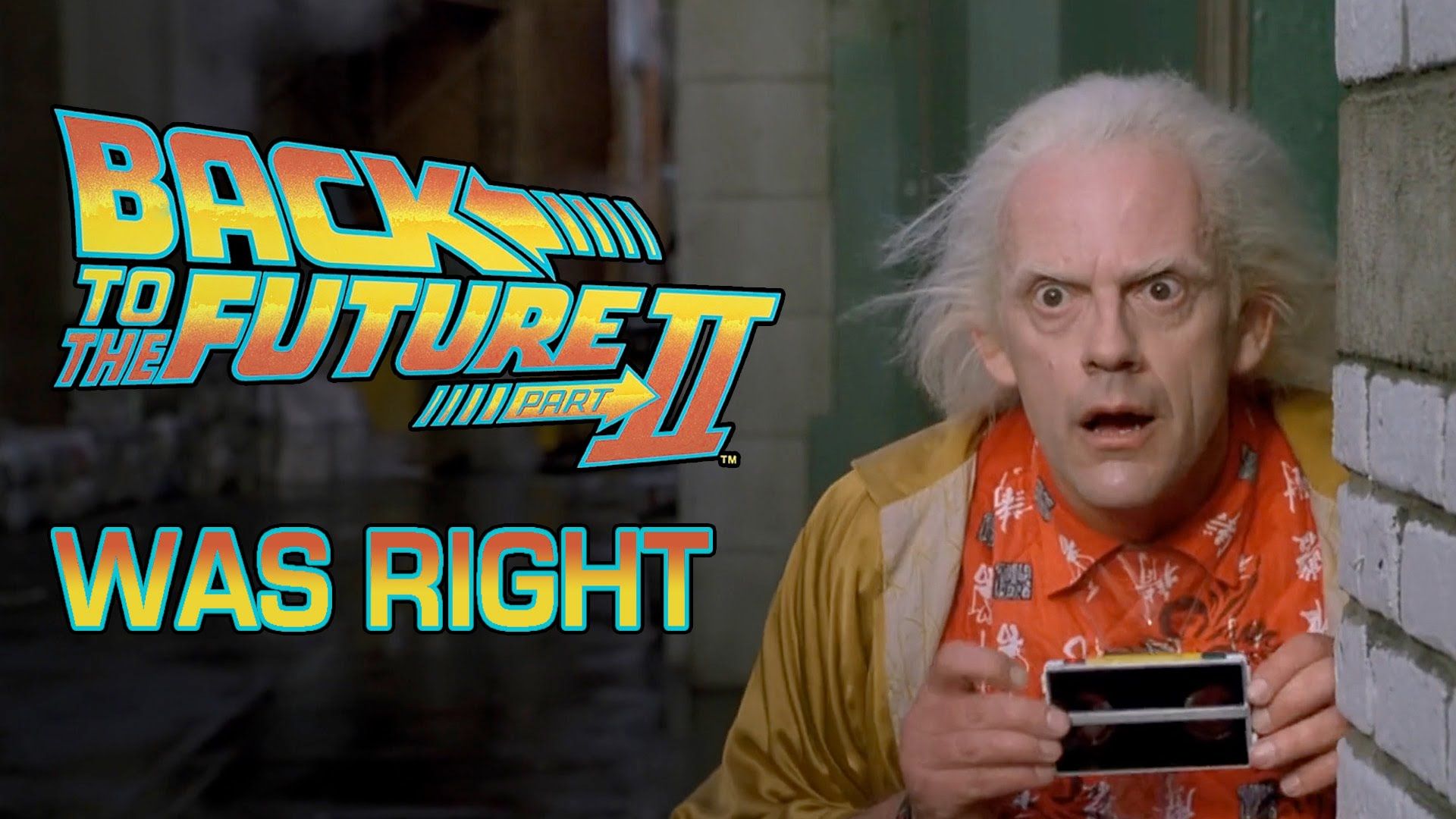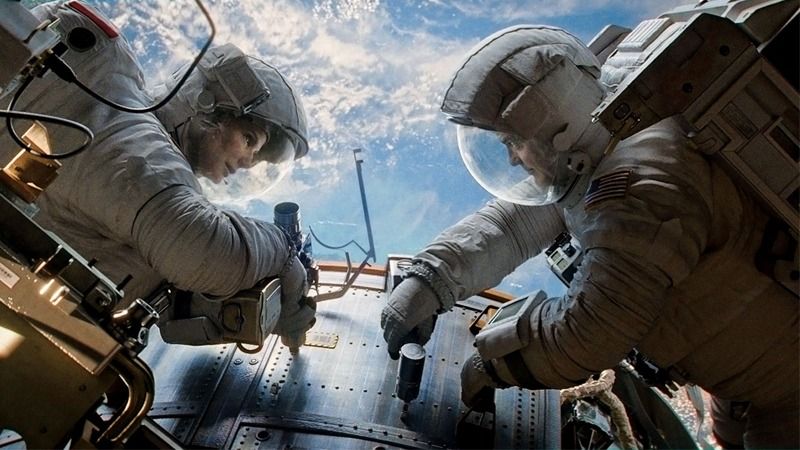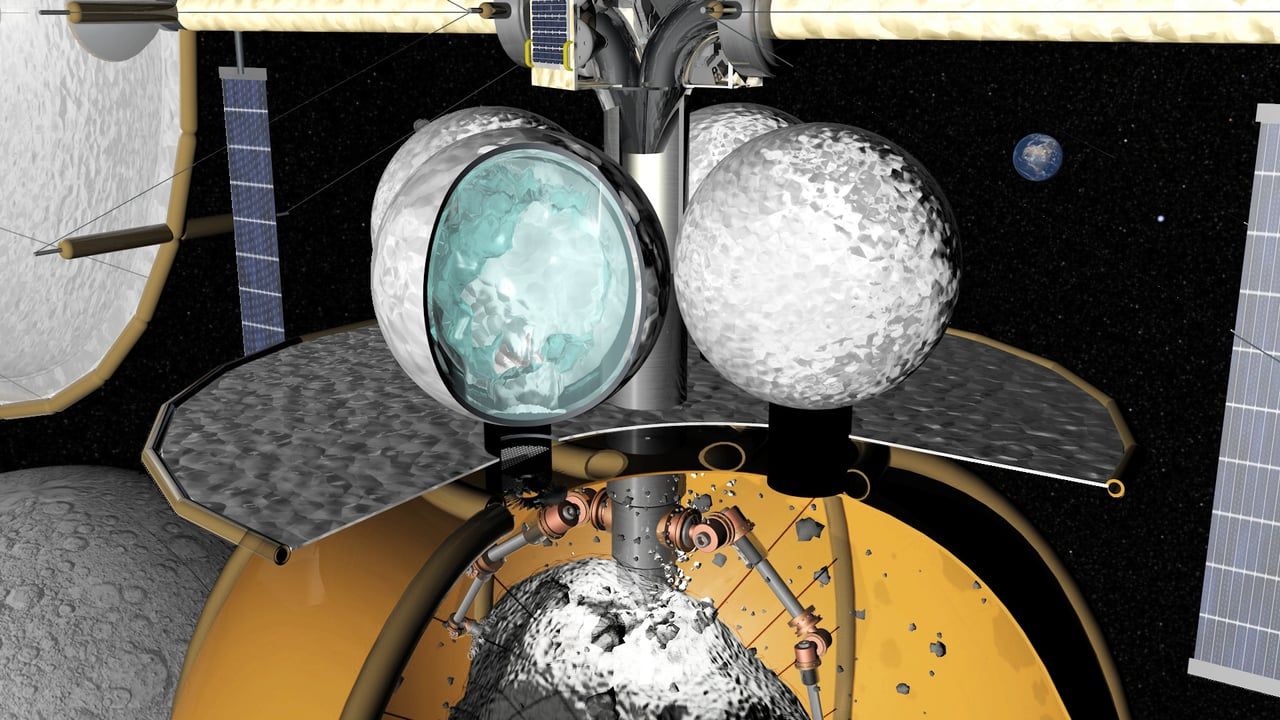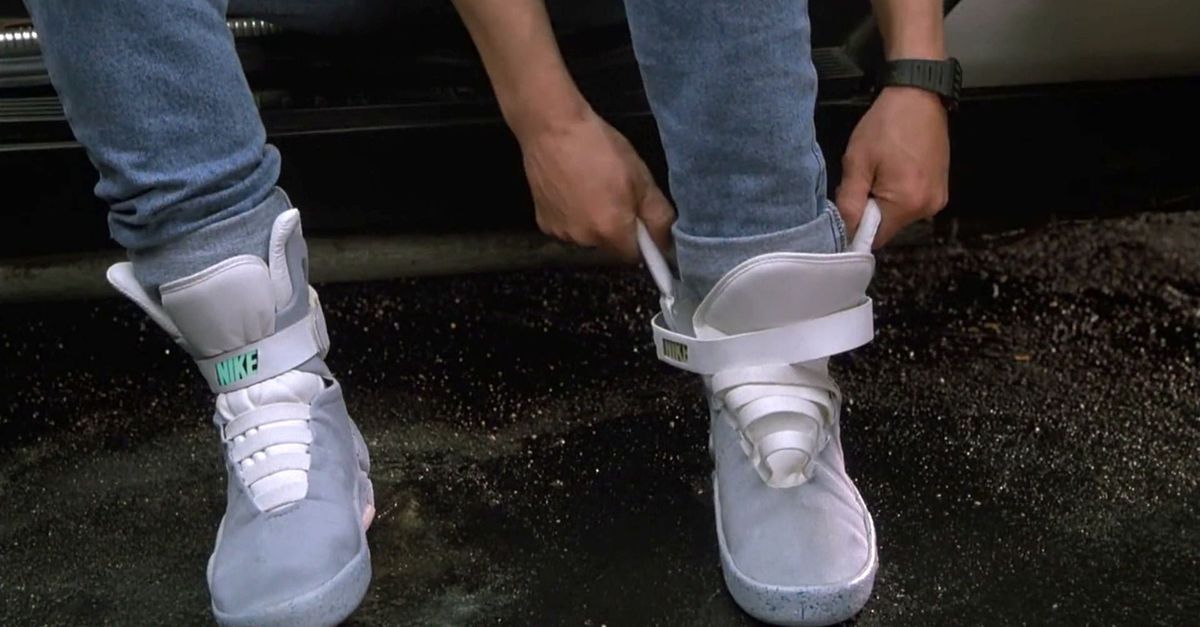#5. Denmark pays students $900 a month to attend college.



What will life be like in 30 years’ time? We asked six forecasters to do better than Back to the Future II’s predictions.

We’re going back to the future! In Back to the Future Part 2 Doc and Marty travel to the future—October 21, 2015. Yup, we’re living their future! But while we might not have flying cars, hoverboards, or self-fitting shoes, a lot of their predictions about the future weren’t that far off. Here’s a list of 10 they got right.
But seriously, they got a lot wrong. Find out what in our other video, 10 Things Back to the Future 2 Got Wrong!
https://www.youtube.com/watch?v=xvWEIxdTB6Y
Join the China Uncensored 50-Cent Army!
https://www.patreon.com/ChinaUncensored
Subscribe for more China Uncensored:
http://www.youtube.com/ntdchinauncensored
Make sure to share with your friends!
______________________________

Just a few years ago, we were wondering where all the movies about outer space had gone. And now, we don’t have to wonder any more, because we’ve been getting a crop of fantastic new movies about astronauts, spaceships, and the joy of exploration.
There have been at least a couple of previous golden ages of space movies—the period following 2001 comes to mind, and so does the boom in space-opera adventures after Star Wars. The post-2001 boom saw a handful of idea-rich, very human-focused movies about ideas, which used space and science fiction as a way to further conversations and arguments that were rooted in the eras they were made in. Space, following Star Wars, became a fantastical, otherworldly setting, full of the magic and monsters of pulp serials and fantasy, dressed in other-worldly garb.


A HUGE asteroid with a highly unpredictable orbit that has more chance of HITTING the Moon than Earth when it passes on HALLOWEEN is being closely monitored after being discovered just DAYS ago.

This video shows key elements of the optical mining technology that TransAstra has developed.

Marty McFly’s self-lacing Nikes from Back to the Future are finally real.
Nike has confirmed to Mashable the “first pair of self-lacing Nike Mag shoes is in New York City.” The company didn’t provide further details as to the sneakers’ precise whereabouts in the city, but they’re sure to turn up soon enough.
See also: USA Today travels ‘Back to the Future’ with front page from the film.

Tweet at us! @pbsspacetime.
Facebook: facebook.com/pbsspacetime
Email us! pbsspacetime [at] gmail [dot] com.
Comment on Reddit: http://www.reddit.com/r/pbsspacetime
The prospect of interstellar travel is no longer sci-fi. It COULD be achievable within our lifetime! But, how would an interstellar rocket-ship work? On this week’s episode of Space Time, Matt talks options for interstellar travel — from traditional rocket fuel to antimatter drives, could we travel to other star systems? Watch this episode of Space Time to find out!
“Quantum Entanglement & Spooky Action at a Distance”:
https://www.youtube.com/watch?v=ZuvK-od647c
“The Real Meaning of E=Mc²”:
https://www.youtube.com/watch?v=Xo232kyTsO0
“Could You Fart Your Way To The Moon”:
https://www.youtube.com/watch?v=iaN0xg2VQSo
Quoted: “Masters went on to say that, because financial services involve Americans’ livelihoods (and not just, say, their taxi ride to Brooklyn), regulations ruling the space are many multitudes more complex than they are in other industries — and the 100-plus year-old banks have a leg up in dealing with these rules.
“Anyone who imagines that as a result of the advent of new technology we will see a world where incumbent financial institutions who provide vital, heavily-regulated intermediated services, custodial services, safe-keeping services will be decimated and completely removed from the picture overnight is just naive and wrong,” she said, pointing out that customers of legacy banks can pay bills and deposit checks through their iPhones — so it’s not as if there’s been no innovation in traditional financial services.”
Read the article here > http://www.forbes.com/sites/maggiemcgrath/2015/10/20/will-fintech-upstarts-do-to-banks-what-uber-has-done-to-taxis-or-will-the-banks-ultimately-win/

As long as they don’t enter the food supply.
First micropigs, now dogs: Scientists in China have used a gene-editing technique to produce the world’s first genetically engineered pooches. Although these two endeavors share scientific roots, with their production aimed at assisting medical research, unlike the teeny tiny pigs, the researchers behind this latest project are not intending to sell their customized animals as pets.
So it probably won’t come as a surprise that the dogs weren’t engineered to be cuter, fluffier or more pocket-sized: they had their DNA tweaked to make them more muscly. The first of many potential edits the team would like to carry out, this was done with the forces in mind.
With greater muscle mass, the dogs “are expected to have a stronger running ability, which is good for hunting, police (military) applications,” researcher Liangxue Lai from the Guangzhou Institutes of Biomedicine and Health told MIT Technology Review. Later on down the line, the scientists would like to manipulate the dog genome in order to mimic human diseases, which could better our understanding and treatment of certain conditions.